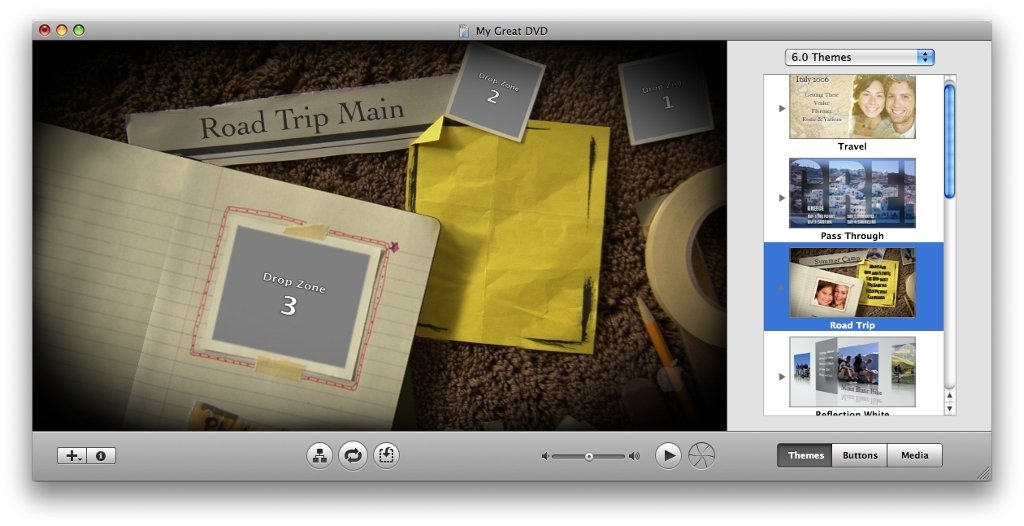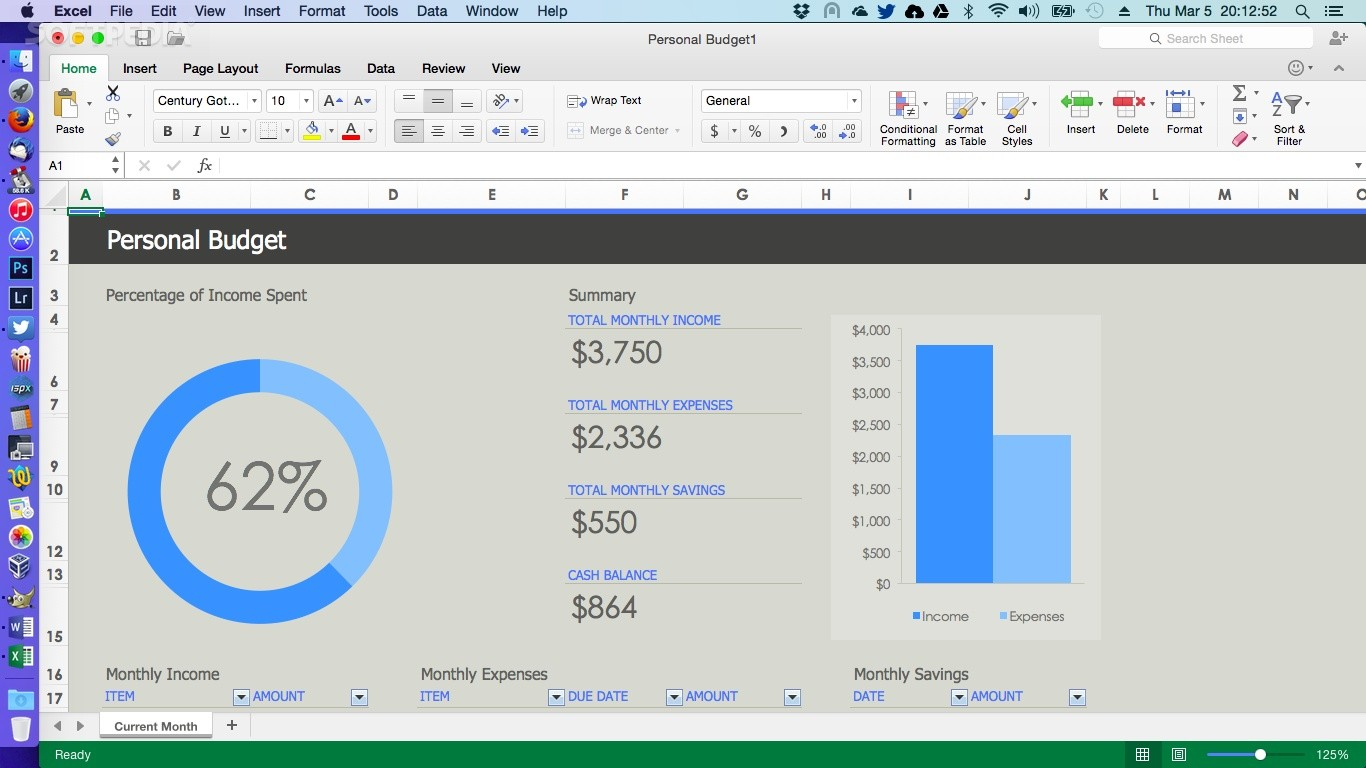

Drop zones (the user can customize indicated areas with pictures and videos).IDVD shipped with fonts (located at /Applications/iDVD.app/Contents/Resources/Fonts) that were not installed, to prevent them from being available to other applications by default. iDVD also incorporated a 'One-Step DVD' function, which would automatically rewind the currently connected DV camcorder and burn a DVD of the video footage stored on the tape. Another feature was the ability to hide or show an approximation of the 'TV-safe area' (as old televisions often cut off some of a video's outer areas). It also provided a map view, which showed a flow chart of the project's menu system. The application also had a Media panel that provided access to the user's iTunes library, iPhoto library and Movies folder at any time. In the case of iMovie projects, scene selection menus were automatically created in accordance with chapter markers that were set within iMovie. iMovie projects and iPhoto slideshows could be exported directly to iDVD. IDVD integrated tightly with the rest of the iLife suite, as well as with Final Cut Express and Final Cut Pro. Any theme could be applied to each of the menus in an iDVD project. Each theme included "drop zones," onto which movies or photographs could be placed, some of which could be animated automatically.

IDVD included over 100 Apple-designed themes for DVD menus and submenus, which allowed for the easy creation of DVD menu systems. It is no longer functional on macOS 10.15+ because it is not a 64-bit application. It was, however, still available in the boxed copy of iLife '11, until the release of iLife '13. iDVD was no longer preinstalled on Macs shipping with Mac OS X 10.7 Lion, and was not available on the Mac App Store with all of the other iLife apps. While initially available only for Macs with a SuperDrive, it was included until 2011 with all new Macs from iDVD 6 onwards, Apple supported the ability to burn projects with third-party optical drives.


 0 kommentar(er)
0 kommentar(er)
